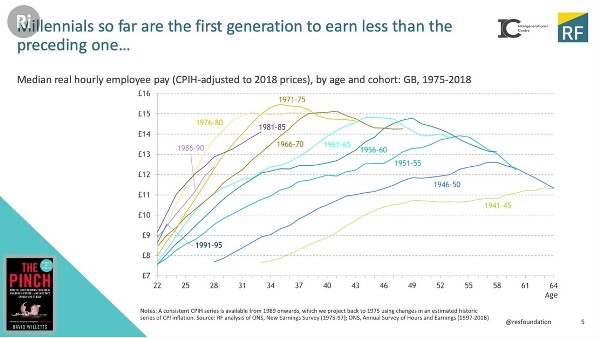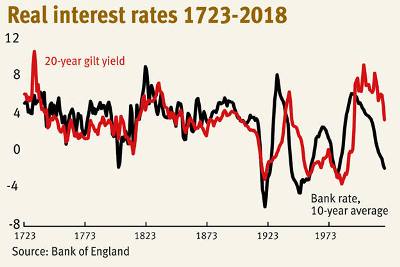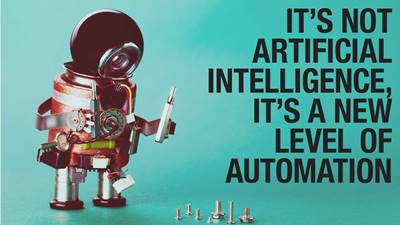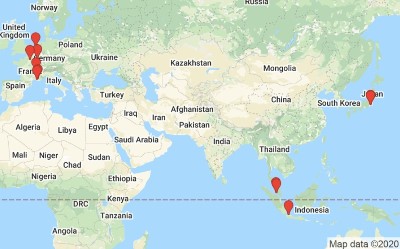Following up from the previous post ‘How Sexy Startups Can Also Sometimes Be Toxic Workplaces‘, one important aspect is that poor alignment with purpose generally don’t make it a sustainable venture. Toxic workplace cultures can’t be sustainable. Because if we want to remain individually motivated, our work needs to align with some purpose – and not just external motivators like compensation. This is developed quite well in Steve Pavlina’s post ‘Numbers vs Alignment‘

I find the point well written “If the numbers in your work (like sales and profits) matter more than the alignment of your work (like fulfillment, purpose, and appreciation), then even if you succeed on those terms, you may end up with bigger numbers but with lower alignment, which can strangle your motivation.”
And the corollary “People so often underestimate how much motivation matters – and especially how sensitive it is to alignment. It’s so easy to make misaligned decisions that eventually drag down motivation and lead to a place of stagnation, where it’s possible to be stuck for years.”
How aligned is your work with your purpose and what fulfills you? Is your motivation thus sustainable and not just temporary?











